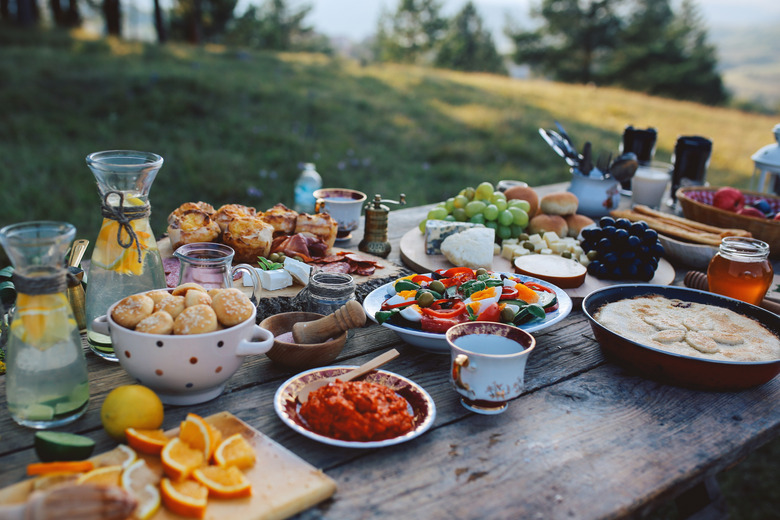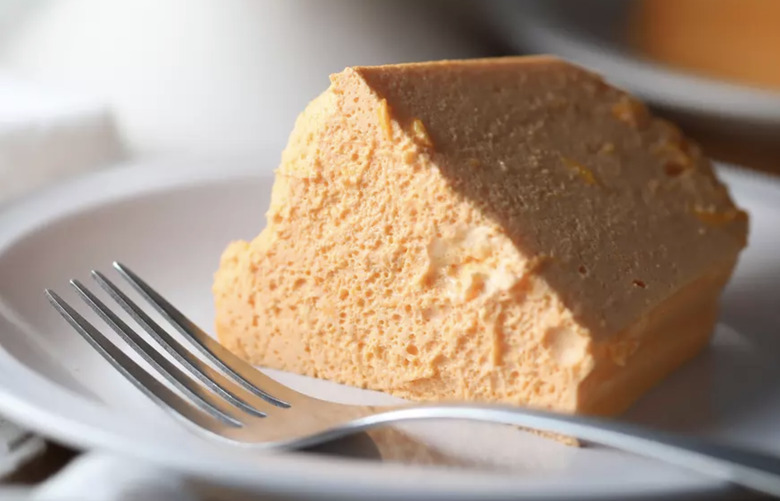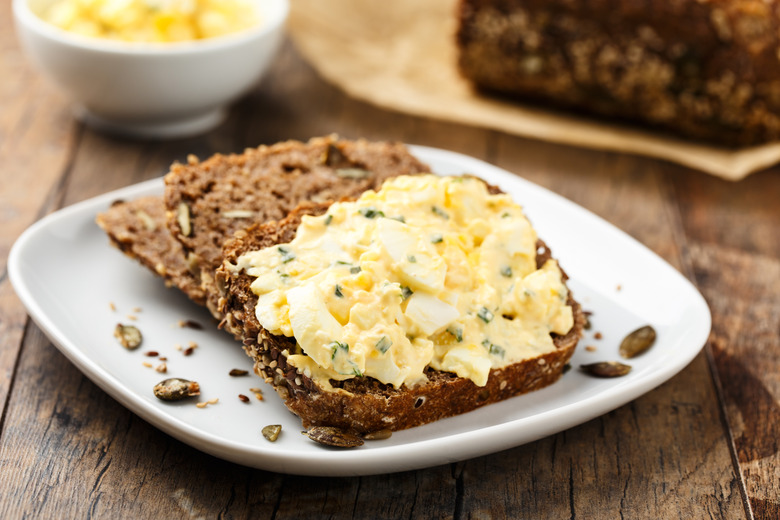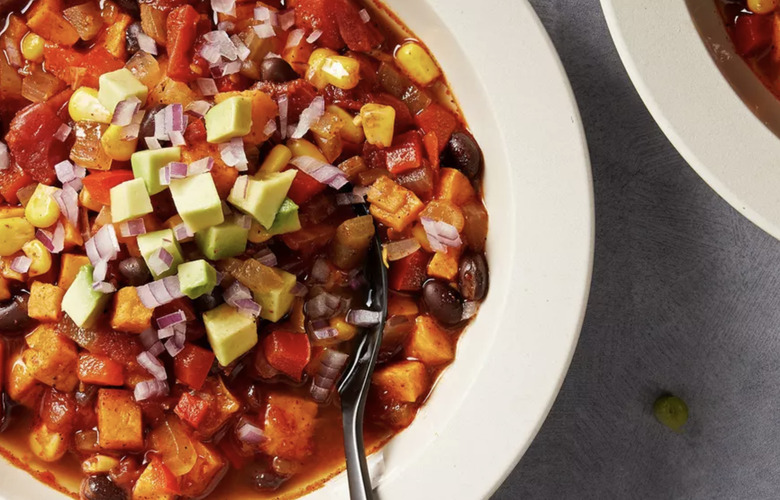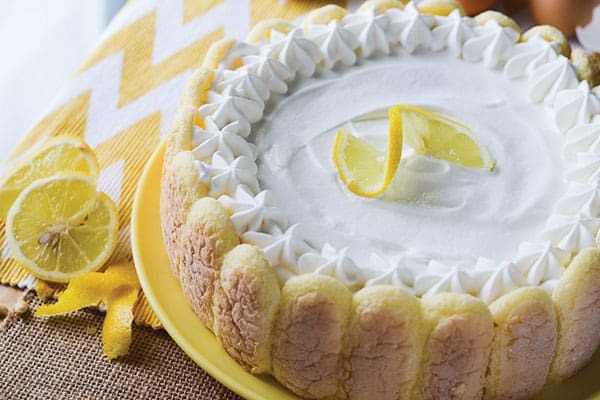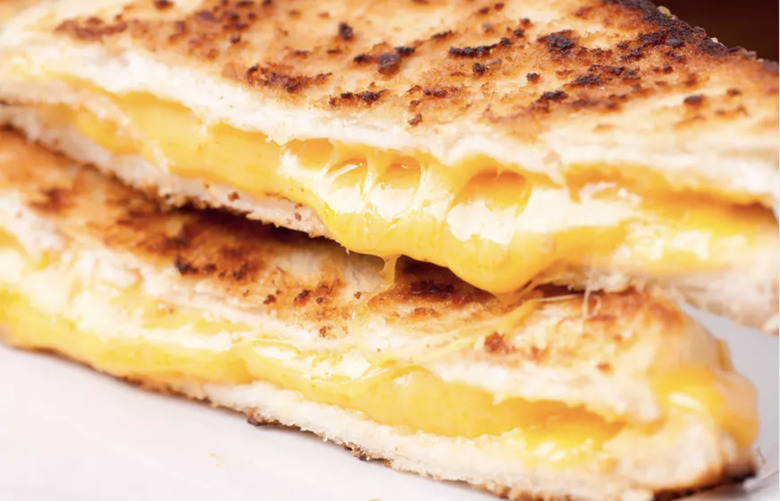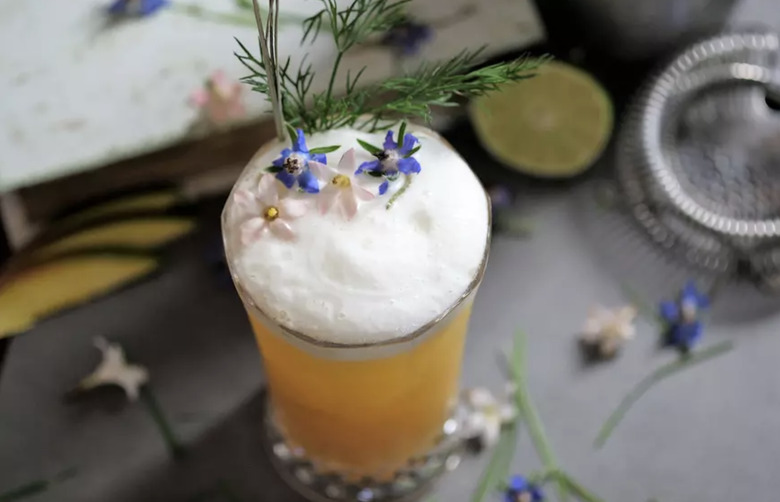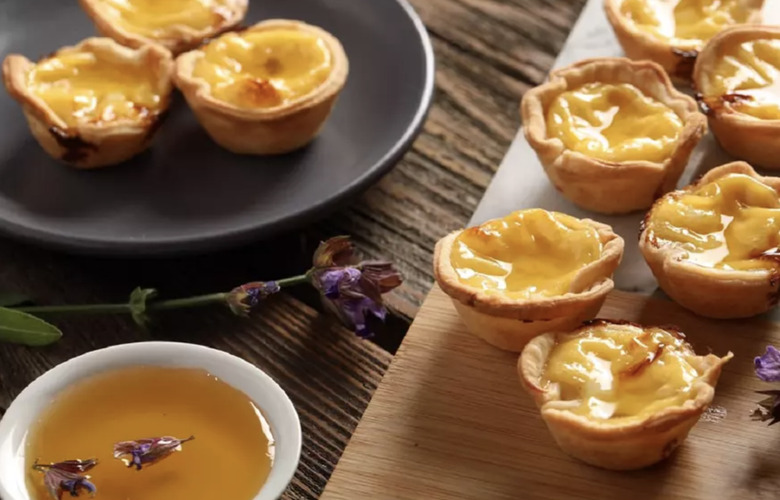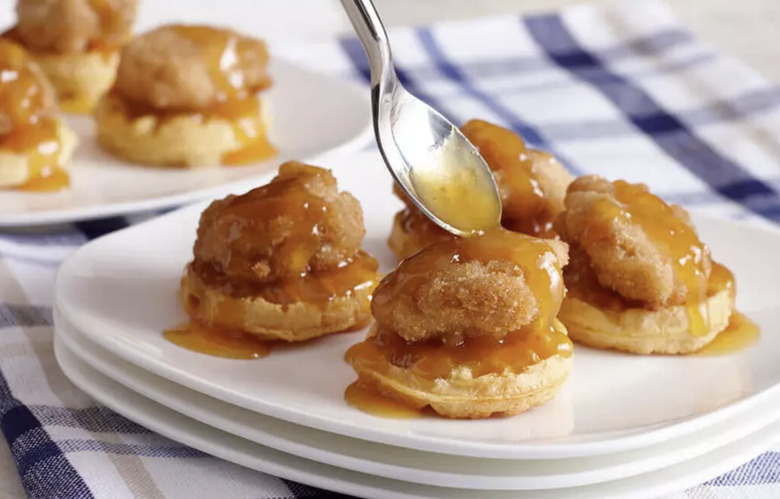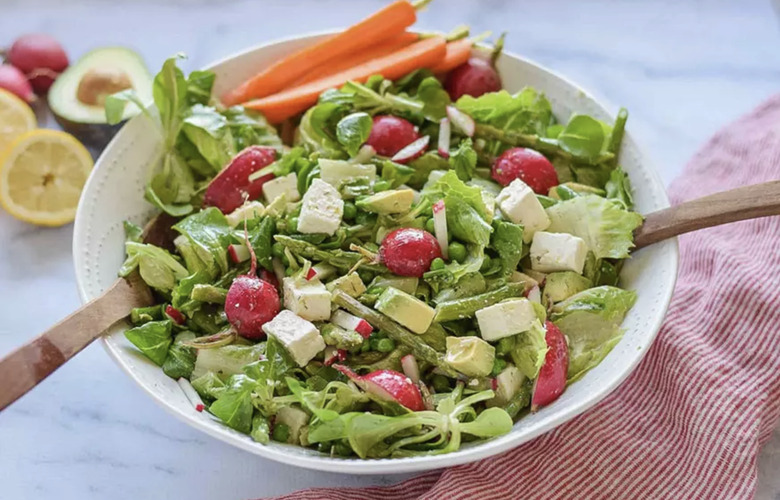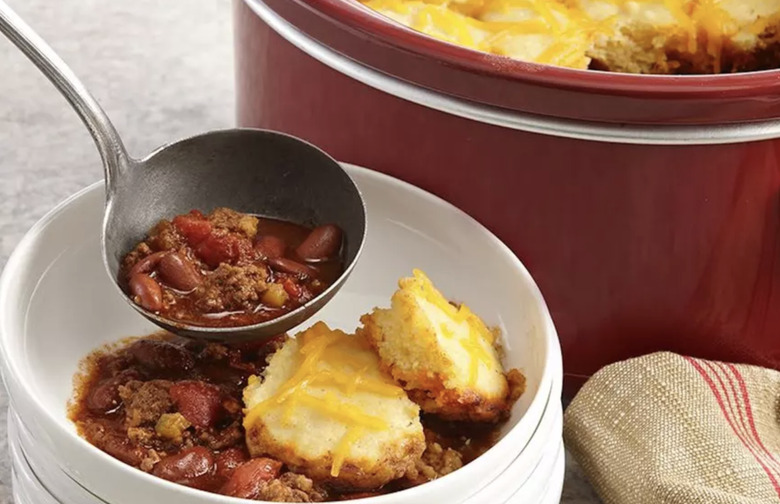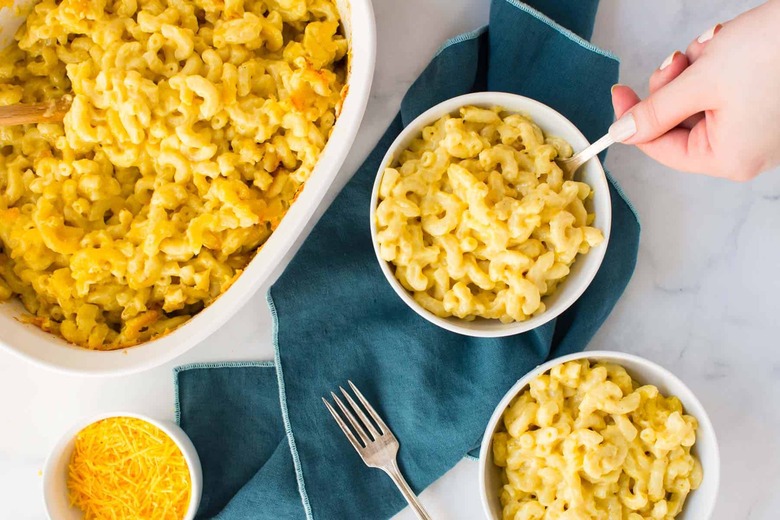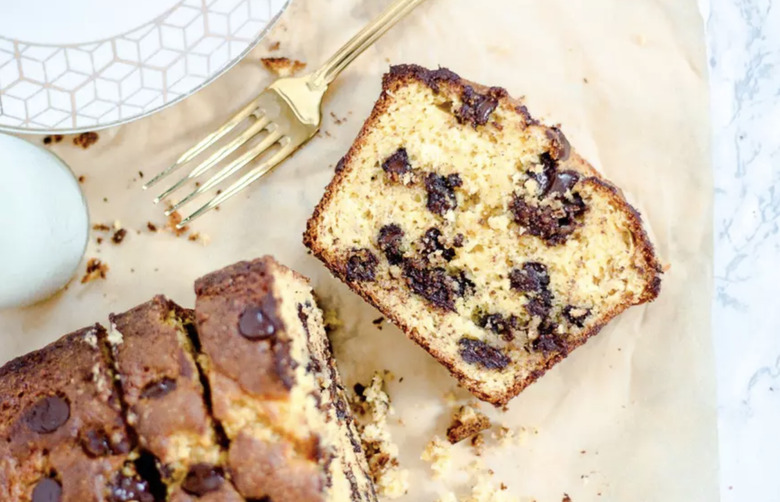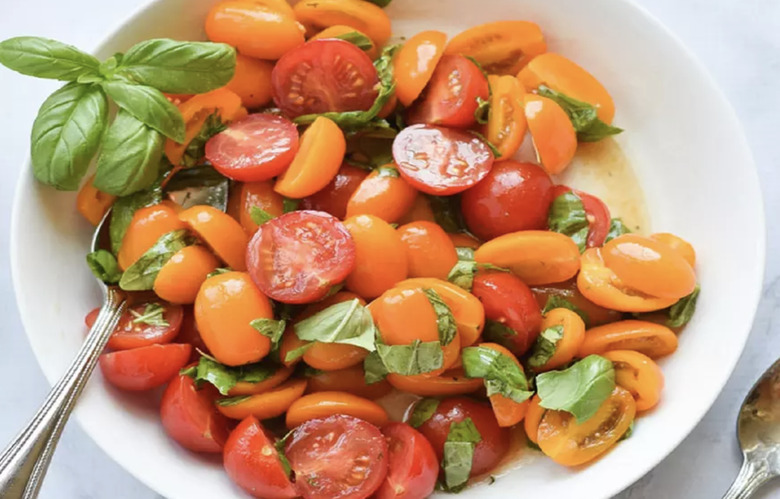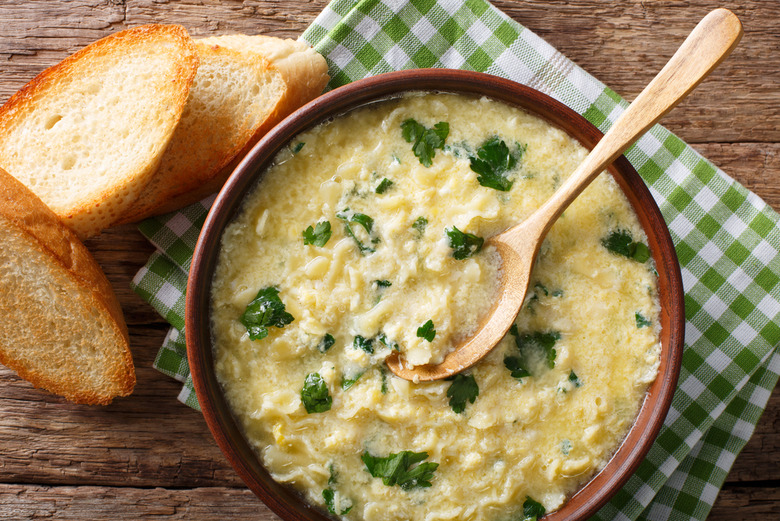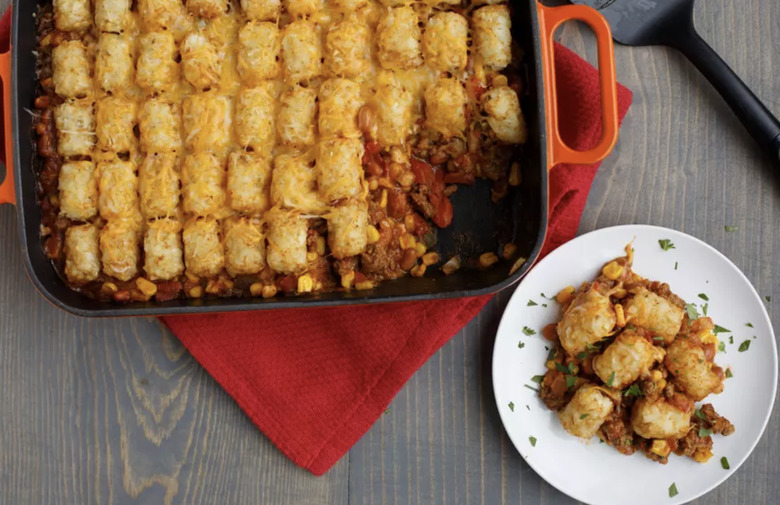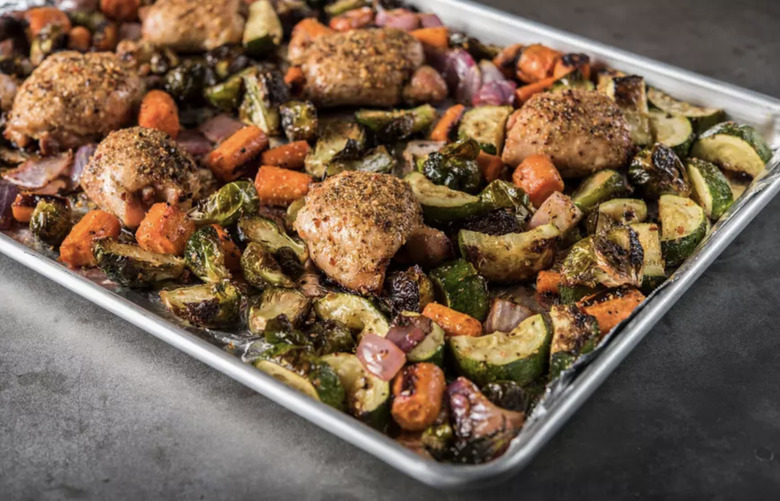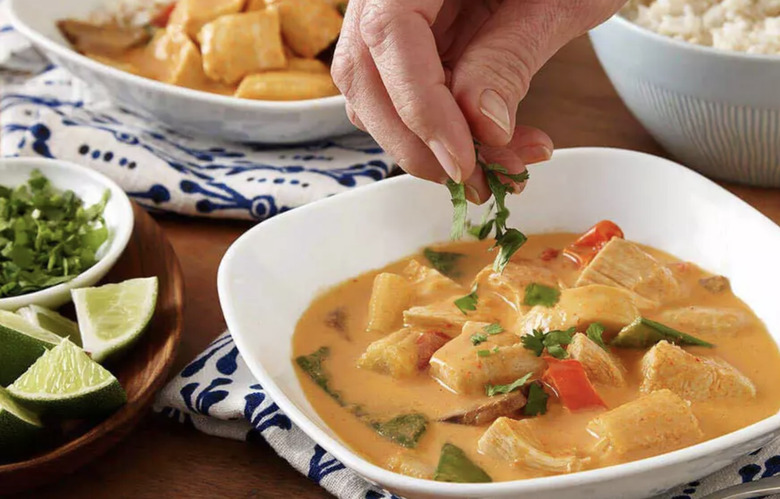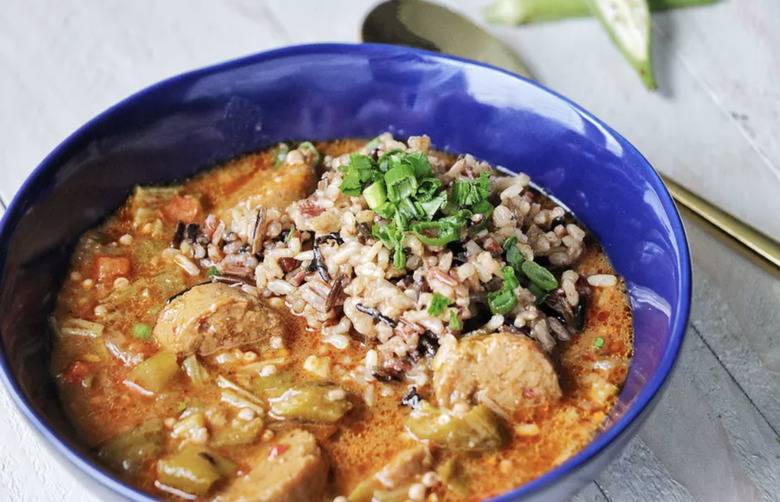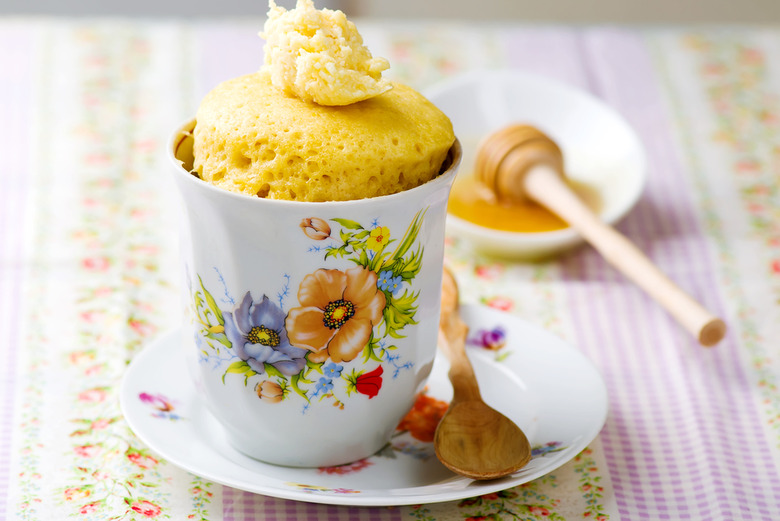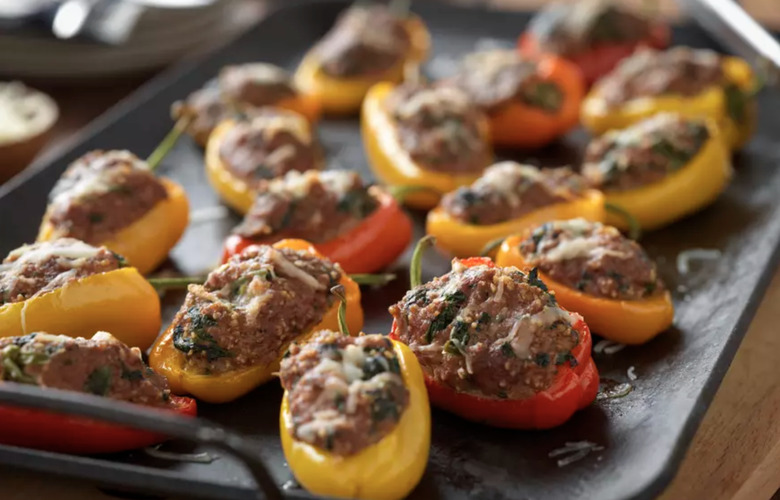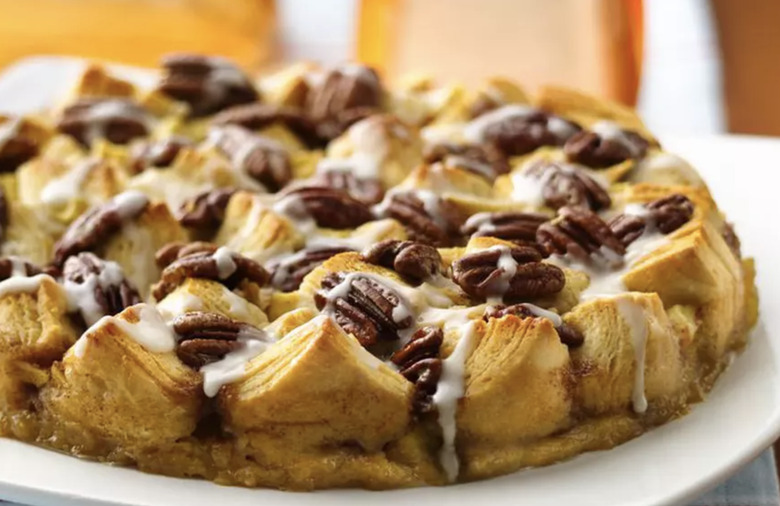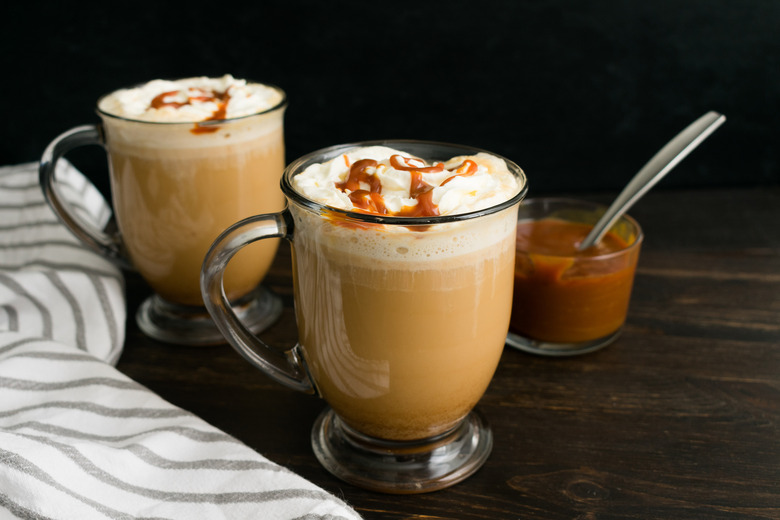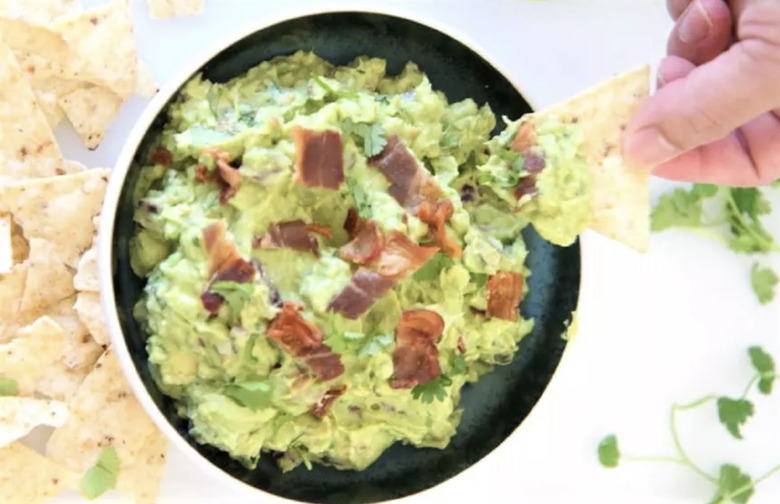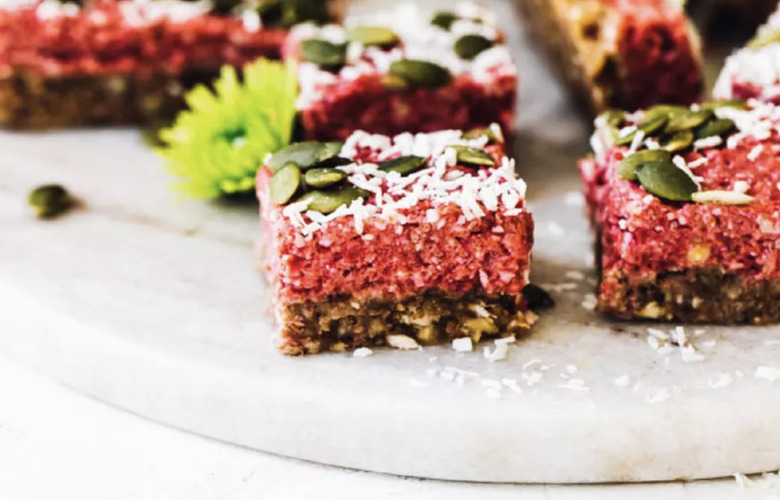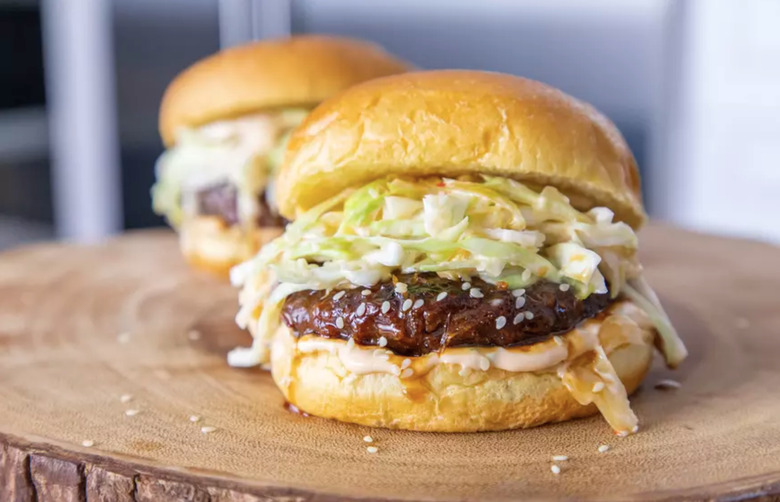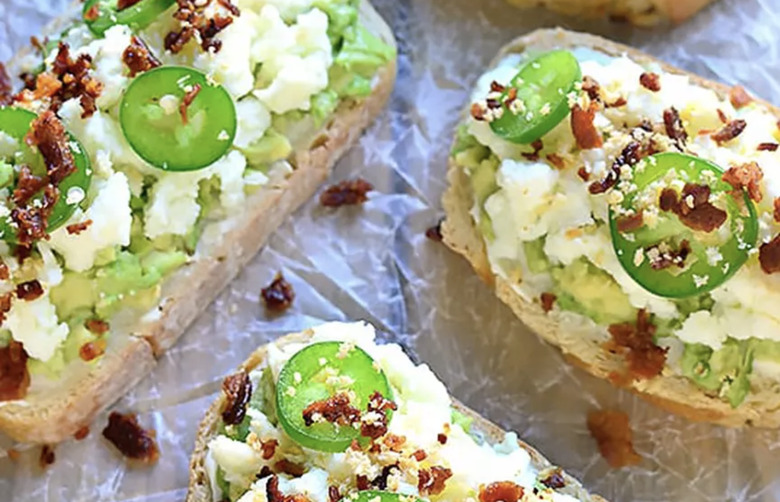Classic American Recipes Through The Decades
From Jell-O desserts at the start of the last century and Jazz-inspired chicken and waffles in the 1930s to vegan burgers in the 2000s, these dishes are an ode to the cultural influences of America.
So here's how to cook your way through American food trends from the early 1900s to the 2010s.
1900: Jell-O desserts
Jell-O was a popular food product many Americans used in the 1900s, which explains where some retro dessert recipes came from. This fluffy orange creamsicle mold uses orange Jell-O packets, orange sherbet and a container of good ol' cool whip.
1910: ‘Dainty foods’
According to Food Historian Sarah Wassberg Johnson, "dainty foods" were all the rage among middle- and upper-class women in the 1910s. And while you could opt for tea sandwiches or mini cakes, the most popular were mayonnaise-based salads like chicken or egg salad. This version is a lighter version of the classic.
1910s: Meatless meals
Between 1917 and 1918, amid World War I, the U.S. sanctioned voluntary rationing to help free up food supplies for soldiers abroad. In doing so, many households skipped meat on one day of the week, which is also where the term "Meatless Mondays" was coined. As an ode to that time, make this vegetarian chili loaded with peppers, hearty sweet potatoes and corn.
1920s: Icebox cakes
With the Roaring '20s came the newfound popularity of the refrigerator. Cold and frozen foods and classic no-bake desserts were becoming increasingly popular, and this easy lemon icebox cake is sure to be a winner no matter what decade you're in.
1920s: Kitchenette-friendly meals
According to Wassberg Johnson, more Americans started living in urban areas than rural in the 1920s and had to make do with apartment-sized kitchenettes. This shift made way for meals that didn't require much space at all to cook — like grilled cheese sandwiches, which were inexpensive during a time of economic uncertainty as well as easy to whip up with three ingredients and a pan.
1920s: Cocktails at home
Prohibition was a huge part of the '20s, which meant more homemade cocktails. Try your hand at this Lucky Roots Cocktail — it's a soft and sweet blend of mango, dill, lemongrass and gin.
For the Lucky Roots Cocktail recipe, click here.
1920s: Ethnic foods like a Chinese egg tart
Eating at Chinese, Italian and Bohemian restaurants was a popular pastime among the upper class in the '20s, and the mingling of cultures reshaped the racial landscape. This version of a Chinese egg tart is made special by its custardy base with flavors of honey and orange juice.
1930s: Jazz music brings chicken and waffles
The Post-WWI Great Migration of African Americans from the South to northern cities was a key part of the 1930s. Black jazz creatives were transforming urban pockets like New York City during what became known as the Harlem Renaissance. And with it came the invention of the beloved chicken and waffles. Next time you're deciding what to make for brunch, try this mini version of the classic combo.
For the Buttermilk Chicken and Waffle Bites recipe, click here.
1930s: Salads
Americans were really into salads in the 1930s and a lot of it had to do with influence from Southern California and Hollywood. French-influenced dishes like leafy green salads became more and more common. Though there are hundreds of salad combinations to choose from, this spring green salad with chunks of avocado, blanched asparagus and delicate greens is a bowl of freshness.
For the Spring Green Salad with Asparagus recipe, click here.
1930: Mexican-American food like tamale pie
Folks in the '30s developed a newfound interest in Mexico and the American Southwest, which led to Americanized Mexican dishes like tamale pie. Typically, tamale pie is a two-step process that involves making the chili first and then the cornbread that is added on top before the whole thing is baked in the oven. This version is made in a slow cooker over several hours, which requires a lot of patience but at least most of the cooking is hands-off.
1930s: Macaroni and cheese
As families were pinching pennies in the 1930s due to the Great Depression, many Americans switched up their meals as well as their parties. According to Wassberg Johnson, people would throw rent parties where they would cook low-cost bulk meals, like macaroni and cheese, and charge a fee for dinner so they could make rent. This mac and cheese recipe is not only a cheap dinner dish, but it's ultra-creamy thanks to the addition of heavy cream and chicken broth in the cheese sauce.
1930s: Banana bread
Another dish that became popular during the Great Depression is banana bread, which is just as popular today. This recipe for chocolate chip banana bread is a delightful variation. It uses an affordable box of cake mix as your "bread" base and it's packed with chocolate chips and sweet bananas.
For the Chocolate Chip Banana Bread recipe, click here.
1940s: Homegrown dinners like tomato salad
Thanks to victory gardens in the 1940s, Americans were growing and eating more fruits, vegetables and herbs. These gardens were created to help prevent food shortages at home during the second World War and it meant most people were eating more homegrown produce and less fat and sugar. This tomato basil salad works great for current times as well, with so many people growing their own vegetables at home again.
1950s: Italian dishes
The '50s were a time of travel and foreign foods, including Polynesian, Chinese, German, Hungarian, Spanish and Italian cuisines. This stracciatella soup is an Italian soup with a delicate meat broth and thin strands of eggs made using a method of drizzling the egg mixture into boiling broth and stirring it gently until it's cooked.
For the Stracciatella – Italian Egg Drop Soup recipe, click here.
1950s: ‘TV dinner’ casseroles
TV dinners were a hit in the 1950s as most middle-class families now had a TV set and portable dinner trays replaced sit-down dining room meals across the country. Casseroles, loved for their time-saving element and one-pot ease, became a popular choice. This dish is everything a casserole should be — gooey, cheesy and hearty, with taco meat and beans topped with crispy tater tots and cheese.
1960s: Hippie culture and vegetarian dishes
The counter-cultural movement and lifestyle of hippies was a massive part of the 1960s, and their way of life also influenced what foods were popular. They created their own free lifestyle and often followed vegetarian diets and rejected the mass production of food, which isn't so far off from what some Americans follow today. This farmers market-inspired one-pan chicken dish is a solid celebration of those ideals and fresh, wholesome flavors.
For the Farmer's Market Chicken and Vegetables recipe, click here.
1960s: The Beatles and curry
The Beatles, who enjoyed Indian food and cuisines from East Asia, inspired Americans in the '60s to try it too. This easy slow cooker red curry is an Americanized version of a classic Indian curry, but the addition of red curry paste adds a hint of authentic flavor.
1960s: Soul food
During the civil rights movement of the '60s, soul food was something for Black people to own, cherish and take pride in. In fact, notable Black chefs like Leah Chase cooked hearty soul food meals for civil rights workers on the frontlines. Dishes like this okra gumbo are still loved by Americans today. This version is actually vegan — and you can swap any of the ingredients you don't like and add ones you do.
For the Vegan Okra Gumbo recipe, click here.
1970s: Feminist foods
At the start of the '70s, women entered the workforce in droves and began using the microwave more often for easy ways to feed their families with a busy schedule. This mug cake can be an ode to that promise — combine all the cake ingredients in a mug, whisk until smooth and microwave for two minutes. Voila.
1980s: Baby vegetables reign supreme
Micro or baby vegetables were all the rage in the 1980s and extremely popular in haute cuisine. This dish celebrates baby bell peppers for all that they are — small, stuffable, sweet and perfectly roastable. These colorful peppers are packed with ground beef, spinach and couscous before being baked in the oven and then sprinkled with cheese.
For the Beef and Couscous Stuffed Baby Bell Peppers recipe, click here.
1990s: Midwestern food
The '90s had a little bit of everything, including a revival of Midwestern food. There are a lot of dishes that scream midwest (casseroles, fried mush, hash — to name a few) but a classic easy pastry is a must-have for Midwestern families. This coffee cake with apples and cinnamon is a winner.
1990s: ‘Lotta’ lattes
In the 1990s, espresso-based coffee bars including Starbucks really caught steam and started popping up everywhere. If you're looking for a coffee drink with warm flavors, a kick of caffeine and a frothy top, this brown sugar caramel latte will hit the spot.
For the Dunkin' Brown Sugar Caramel Latte recipe, click here.
2000s: Bacon on everything
Meat-eating home cooks were putting bacon on everything in the 2000s, following of course the trend set by celebrity chefs and restaurants. This guacamole is a great example of the bacon-phase: taking something already perfect (guacamole) and adding some bacon just because you can.
2000s: Vegan desserts
Veganism became widely popular in the 2000s and so did the rise of "superfoods" and great vegan-friendly restaurants across America. These no-bake vegan superfood bars are the best of both health trends. They're made with wholesome ingredients like coconut, cashews, Montmorency tart cherries, chia seeds, maple syrup and more.
For the Tart Cherry Vegan Superfood Bars recipe, click here.
2010s: Alternative meat
One of the biggest food trends of the 2010s (that is still going strong into 2020) is alternative meats as part of a more plant-based diet. Brands like Impossible Foods and Beyond Meat are busting out meat-like products to replace the red meat in typical burgers, sandwiches, tacos and more. This kimchi burger is a flavor-packed meatless meal, with zesty Asian ingredients like chili garlic and kimchi and well-seasoned Beyond meat patties.
2010s: Avocado toast
It's hard to track down the actual origin of the avocado toast boom in America, but The Washington Post credits New York's Cafe Gitane for popularizing it and Gwyneth Paltrow for publishing a recipe in her 2013 cookbook, "It's All Good." This fun twist on the beloved brunch dish and jalapeno poppers includes smashed avocado, bacon and egg whites on crusty Italian bread. This is how breakfast looked in the 2010s, but here's what it looked like the year you were born.
For the Jalapeno Popper Avocado Toast recipe, click here.
More from The Daily Meal:
Cast-Iron Skillet Recipes You Didn't Know You Could Make
Cold Side Dishes, Soups, Entrees and Desserts for Hot Days
